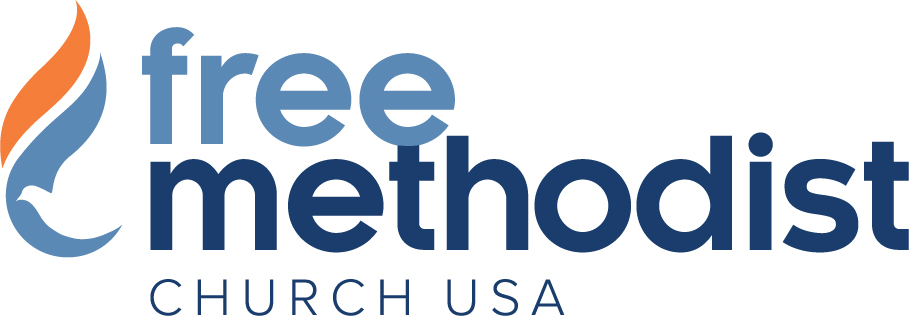Government Restriction on Religious Practice Increases
In this November 10, 2020 article by Pew Research Center, the world is experiencing an increase in government restrictions on religious practices. The article is based on research done in 2018 and says in part:
“The increase in government restrictions reflects a wide variety of events around the world, including a rise from 2017 to 2018 in the number of governments using force – such as detentions and physical abuse – to coerce religious groups.
The total number of countries with “high” or “very high” levels of government restrictions has been mounting as well. Most recently, that number climbed from 52 countries (26% of the 198 countries and territories included in the study) in 2017 to 56 countries (28%) in 2018. The latest figures are close to the 2012 peak in the top two tiers of the Government Restrictions Index.
As of 2018, most of the 56 countries with high or very high levels of government restrictions on religion are in the Asia-Pacific region (25 countries, or half of all countries in that region) or the Middle East-North Africa region (18 countries, or 90% of all countries in the region).”
(Graphs Omitted)
“How do restrictions on religion vary by regime type?
In this report, for the first time, Pew Research Center combined its data on government restrictions and social hostilities involving religion with a classification of regime types, based on the Democracy Index compiled by the Economist Intelligence Unit.14 Researchers did this to discern whether there is a link between different models of government and levels of restrictions on religion – in other words, whether restrictions on religion tend to be more or less common in countries with full or partial democracies than in those with authoritarian regimes.15
The analysis finds a strong association between authoritarianism and government restrictions on religion. While there are many exceptions to this pattern, authoritarian regimes are much more common among the countries with very high government restrictions on religion – roughl( religion, meanwhile, just 7% are authoritarian.
There is less of a clear pattern when it comes to social hostilities involving religion. There are no countries classified by the Economist Intelligence Unit as full democracies that have very high levels of social hostilities involving religion (just as there are no full democracies with very high levels of government restrictions involving religion). At the same time, there are many authoritarian countries with low levels of social hostilities involving religion, suggesting that in some cases, a government may restrict religion through laws and actions by state authorities while limiting religious hostilities among its citizens.
When looking at countries with very high government restrictions on religion, Pew Research Center found that of the 26 countries in this category whose regimes were scored by the EIU on its Democracy Index in 2018, 17 (65%) were classified as authoritarian, three were hybrid regimes (12%) and three were flawed democracies (12%). There were no countries with very high government restrictions that were full democracies.16 The three countries with very high government restrictions that were classified as flawed democracies – Malaysia, Indonesia and Singapore – all are regionally clustered in Southeast Asia.
Of the 30 countries with high government restrictions on religion, there were 12 authoritarian states (40%), 11 hybrid regimes (37%) and six flawed democracies (20%), according to the EIU Democracy Index. One full democracy, Denmark, also was in this category. In 2018, Denmark fell into the high government restrictions category for the first time, with its score driven partly by a ban on face coverings, which included Islamic burqas and niqabs, that went into effect that year.17
At the other end of the spectrum, among the 74 countries with low government restrictions, just five were classified as authoritarian (7%), 13 were hybrid regimes (18%), 27 were flawed democracies (36%) and seven were full democracies (9%). The countries with low government restrictions on religion that were also classified as authoritarian by the Democracy Index are all in sub-Saharan Africa: Gabon, Guinea-Bissau, Republic of the Congo, Swaziland and Togo. There was no Democracy Index classification of regime type for 22 countries with low government restrictions (for a full list, see Appendix E).”
To read the entire article click here.
